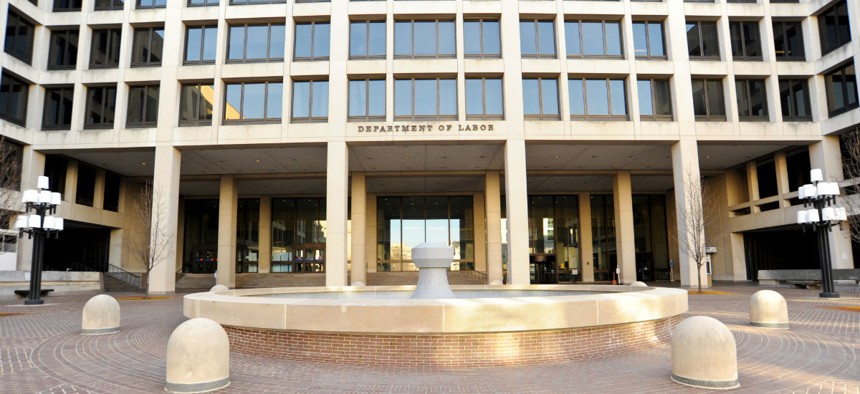When Workers Serve More Than One Employer, Protection Can Be Tricky
New Labor Department guidance responds to rising number of shared employees.
Noting that more and more American workers provide services to more than one employer, the Labor Department on Wednesday issued administrative guidance aimed at clarifying employers’ legal obligations toward employees under two major wage and hour laws.
“Protecting workers in fissured workplaces – where there is increasingly the possibility that more than one employer is benefiting from their work – has been a major focus for the Wage and Hour Division in recent years,” Labor Wage and Hour Administrator David Weil wrote in a blog post.
Joint employment issues are the subject of hundreds of Labor investigations annually, he said.
The guidance—which follows July guidance aimed at defining who is an independent contractor—is part of the Obama administration’s efforts to balance the rights of workers and employers in today’s “gig” economy typified by Uber and TaskRabbit. The joint employer question will be central to a case headed for court involving fast-food workers at McDonalds and whether they work for the franchisee or the national corporation. The National Labor Relations Board in December 2014 ruled that the fast-food chain was a joint employer.
“In a nutshell, joint employment exists when a person is employed by two or more employers such that the employers are responsible, both individually and jointly, for compliance with a statute,” the Labor official wrote. Under long-standing readings of the Fair Labor Standards Act and the Migrant and Seasonal Agricultural Worker Protection Act, he said, “it is possible for a worker to be jointly employed by two or more employers who are both responsible, simultaneously, for compliance” in paying fair wages and benefits.
Affected industries include the construction, agricultural, janitorial, warehouse and logistics, staffing, and hospitality industries, according to the administrator’s guidance called an “interpretation.”
A case in point he cited involved a federal court in Seattle last summer deciding in the Labor Department’s favor in ruling that DirecTV was a joint employer of the installers hired by its contractor, resulting in DirecTV paying $395,000 in back wages and damages for minimum wage and overtime violations. In October, J&J Snack Foods Corp. was required to pay $2.1 million in back wages and damages to temporary production line workers hired by two staffing firms that J&J contracted with to provide labor.
“The administrator’s interpretation reflects existing policy,” Weil wrote, “and provides all stakeholders with clear guidance, including examples of how WHD considers joint employment in its enforcement of these laws.”
Weil told The New York Times that the guidance is designed to endure beyond the current administration.
(Image via Rena Schild/Shutterstock.com)




